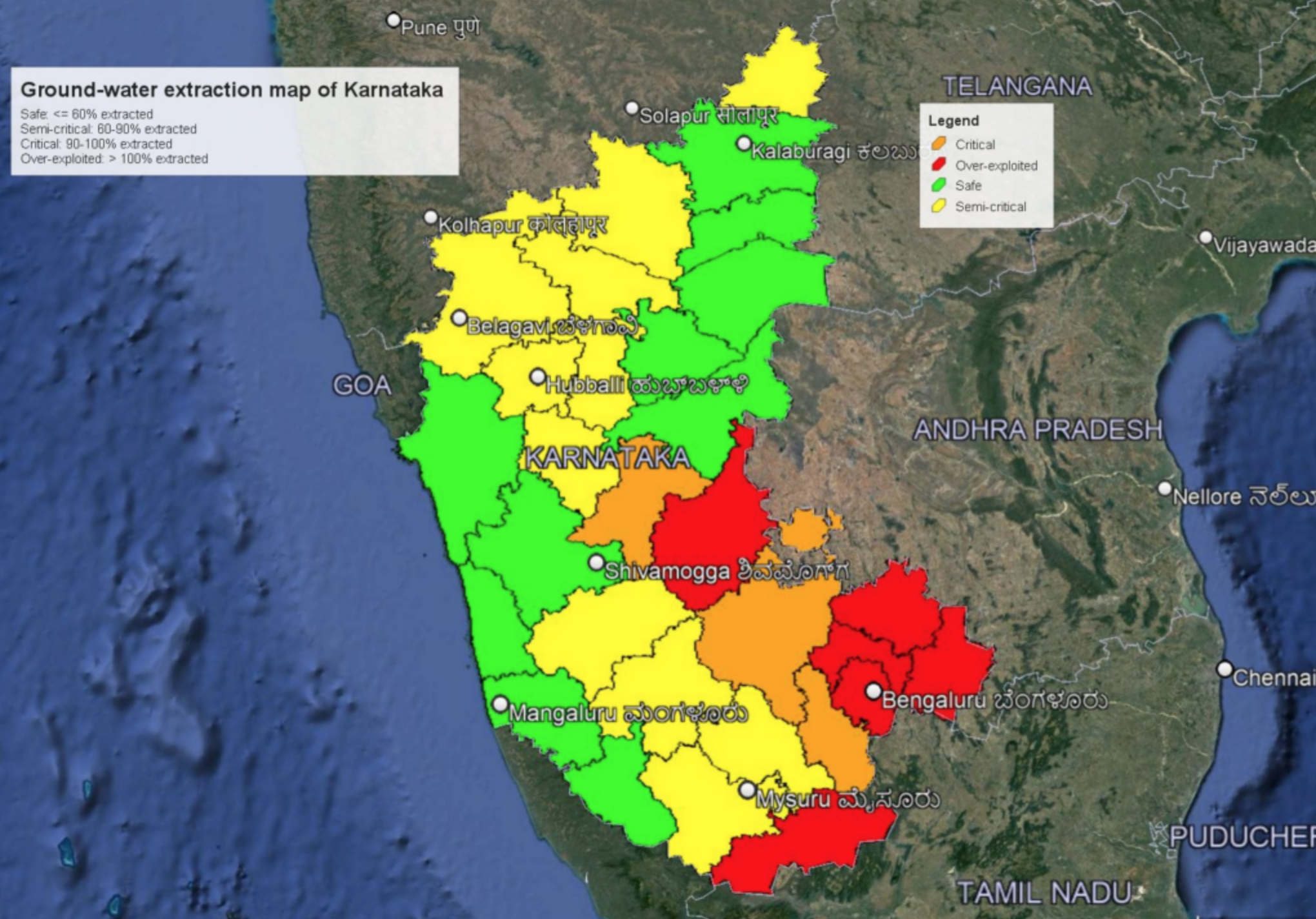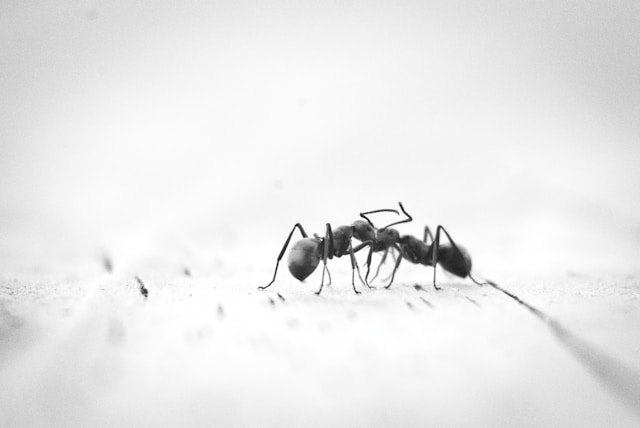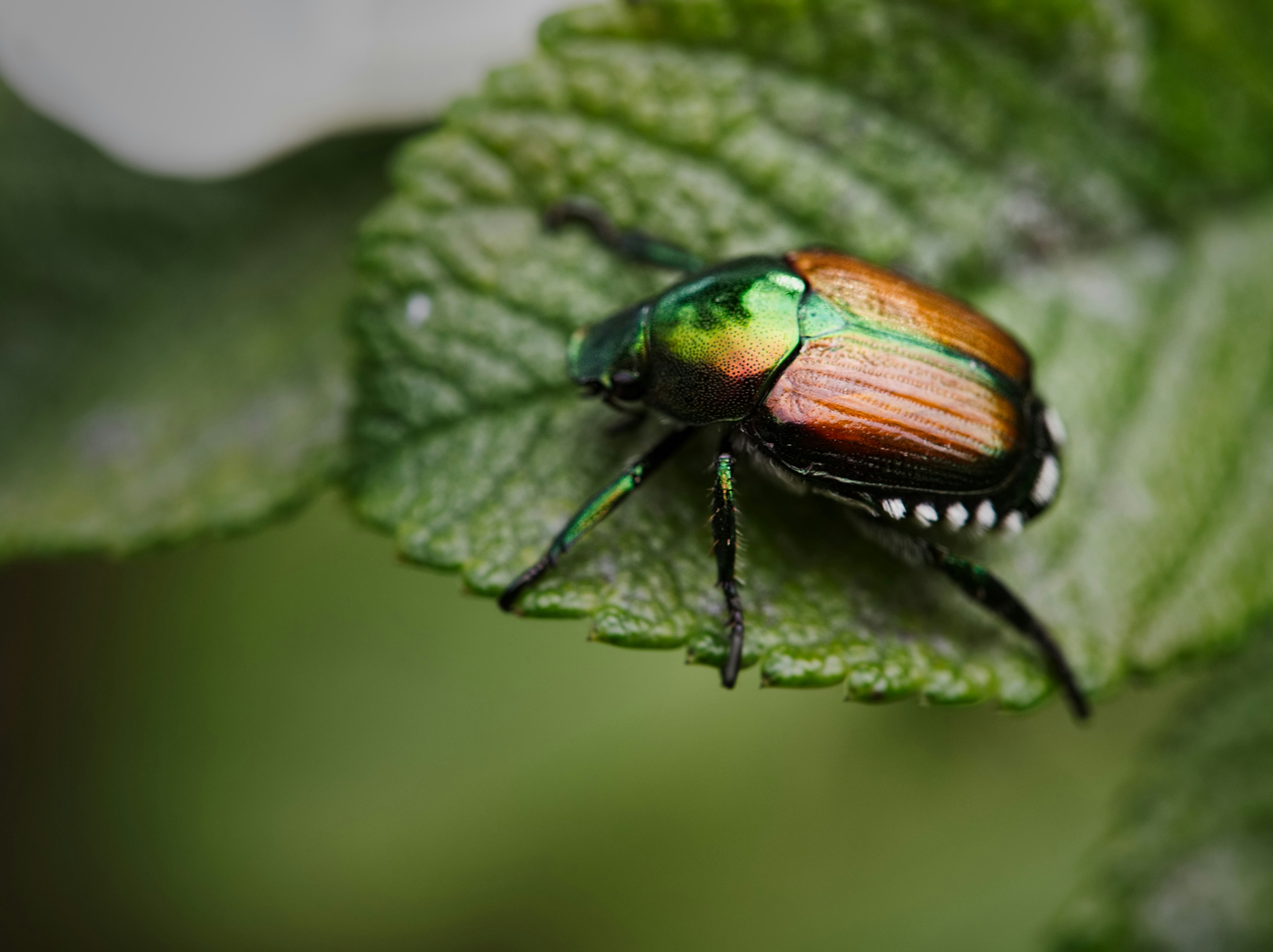Honoring Tulsi Gowda: The ‘Encyclopedia of the Forest’ and Her Monumental Legacy in Ecological Conservation

Who Was Tulsi Gowda?
Tulsi Gowda, the celebrated environmentalist known as the “Encyclopedia of the Forest,” passed away today, leaving an indelible mark on environmental conservation. Her life story is a testament to resilience, dedication, and a profound connection to nature.
Born in 1944 in Honnalli village, Karnataka, Tulsi rose from humble beginnings in a tribal family. Despite facing numerous challenges, including the loss of her father at a young age, she became a prominent figure in environmental activism. With no formal education, her innate understanding of plants and ecosystems led her to work with the Karnataka Forest Department for over 60 years.
Key Contributions to Environmental Conservation
Tulsi’s contributions to environmental conservation are nothing short of remarkable. Here are some highlights of her impactful work:
- Tree Planting Initiatives: Tulsi planted over 100,000 trees, significantly contributing to reforestation efforts across Karnataka.
- Mother Trees Identification: She was renowned for identifying “mother trees,” crucial for seed collection and biodiversity restoration.
- Community Engagement: Tulsi dedicated her life to educating local communities about sustainable practices and the importance of preserving natural habitats.
- Recognition and Awards: Her efforts earned her prestigious accolades, including the Padma Shri award in 2021 and the Indira Priyadarshini Vrikshamitra Award.
Legacy and Impact
Tulsi Gowda’s legacy extends beyond the sheer number of trees she planted; it lies in her unwavering commitment to environmental stewardship. She inspired countless individuals to appreciate and protect nature. Her passing is a significant loss for the environmental movement in India.
Continuing Her Mission
As we mourn the loss of this extraordinary woman, it is essential to honor her legacy by committing ourselves to environmental conservation. We can do this by:
- Participating in Tree Planting Drives: Engage in local initiatives that promote reforestation.
- Educating Others: Share knowledge about biodiversity and sustainable practices within your community.
- Advocating for Environmental Policies: Support policies that protect forests and promote ecological balance.
Tulsi Gowda’s life was a powerful reminder of one individual’s ability to effect change. Let us carry forward her mission to protect our planet for future generations







